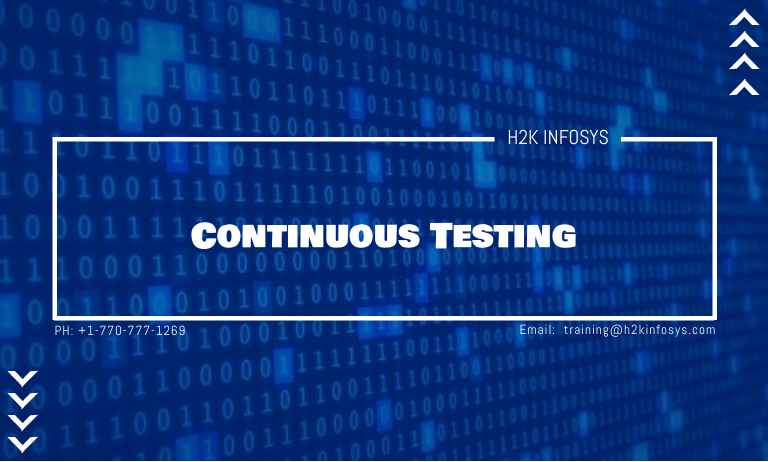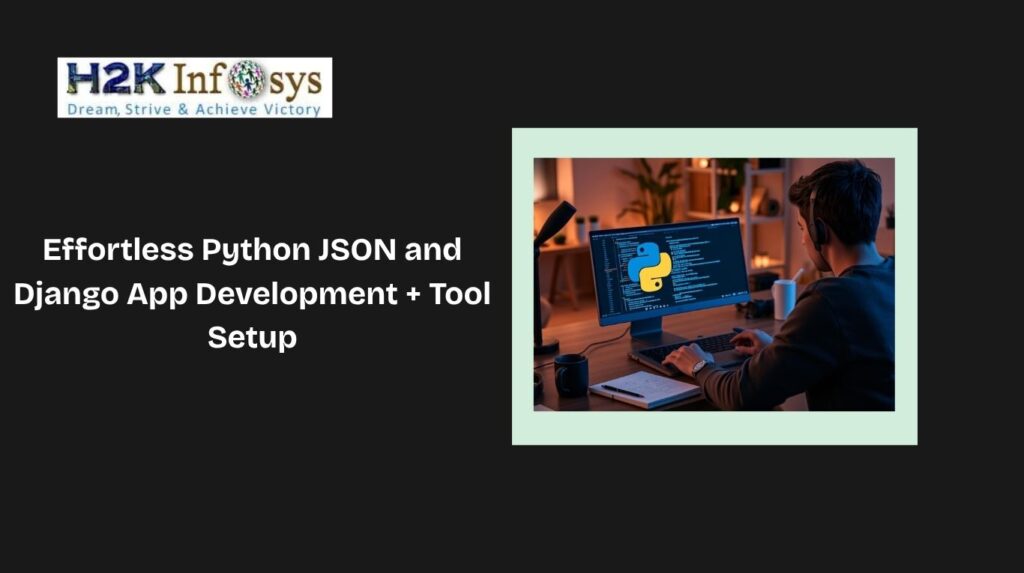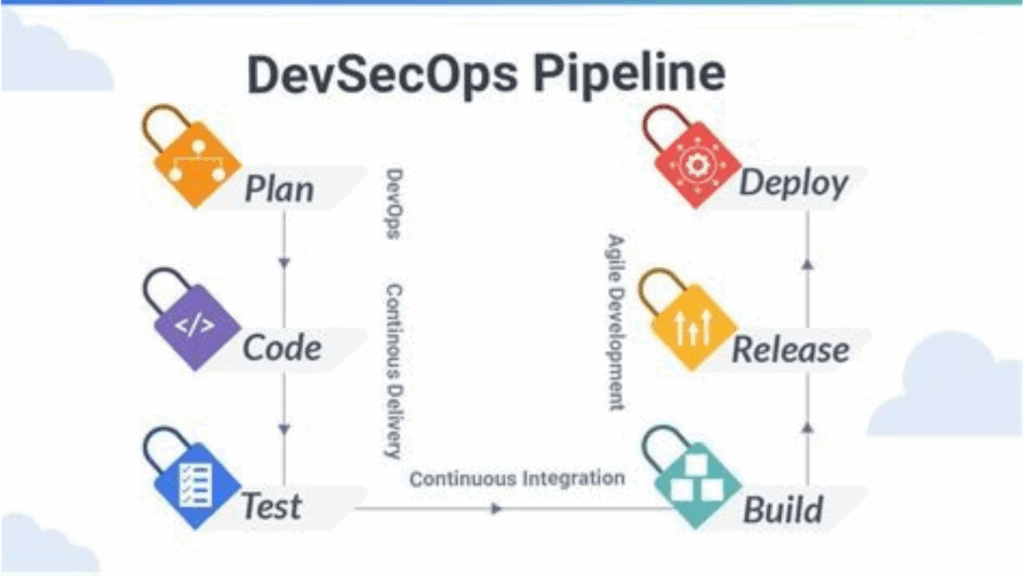Continuous testing is series of incorporating automated feedback at different stages of the software development life cycle which supports better speed and efficiency when managing deployments. Continuous testing may be driver behind the effectiveness of CI/CD (continuous integration/continuous delivery) processes and plays an important role in accelerating SDLC timeliness by improving code quality, avoiding costly bottlenecks and expediting Devops processes.
The main key point of continuous testing is
- The primary aim of continuous testing is assessing the business risk coverage.
- This testing provides instant insight on whether a release candidate is just too risky to proceed through the delivery pipeline.
- This testing establishes a security net that helps team protect the user experience in accelerated development processes and avoid software failure headlines.
- Continuous testing is integrated into software delivery pipeline and also Devops tool chain.
- Continuous testing expects a stable test environment with valid test data be available for every and each test run.
- Continuous testing is continuously reviewing and optimising the test suite to eliminate redundancy and maximise business risk coverage.
- Continuous testing involves series of execution of the proper set of tests at the proper stage of delivery pipeline without creating a bottleneck.
- Continuous tests include end-end tests which must be broad enough to detect, when the appliance changes inadvertently which impacts functionality where users have come to depend upon.
Benefits of Continuous testing:
The following are the advantages:
- Better efficiency and better quality deployments
The continuous testing proceeds an automatic method of handling the standard quality assurance and also quality interoperation between workflows at every stage of the software development life cycle. By integrating constant feedback loops into the user modules and also unit testing modules. This efficiency will solve the disconnections between multiple Devops team members and also supports accelerated software delivery schedules.
- Rapid error discovery and remediation for distributed projects
This modern development team’s break down these complexities by indulging a scalable, automated testing solution. That’s importantly improves error discovery and remediation timeliness.
- Improved User experience
In the advanced sort of continuous testing methods can stimulate a spread of unique use cases and troubleshooting scenarios and observe how users responds to them.
- Elimination of business disruption and its costs
Cloud providers consider an example daily report breakdown at one end which paralyse a whole region and cause outrages lasting for several hours. This is a particularly devastating to organisations which are dependent on high service availability.
Virtualisation and continuous testing:
IT systems and applications actually run a greater risk of errors due to the characteristics like
- They are increasingly integrated with the host of emerging technologies like cloud computing, Internet, software defined networking.
- They are always increasingly distributed across multiple regions with a boundary less interconnected core and edge.
Continuous testing is during an additional demand because development doesn’t happen in a single location or a corporation. Including the remote teams could provide some elements of the system. The system could also be integrated with application programming interfaces. Continuous testing is going to be virtualised to make a testing environment where the whole system is often IT system for one which will be changed to correct errors.






























8 Responses
Continuous testing is series of incorporating automated feedback at different stages of the software development life cycle which supports better speed and efficiency when managing deployments. Continuous testing may be driver behind the effectiveness of CI/CD (continuous integration/continuous delivery) processes and plays an important role in accelerating SDLC timeliness by improving code quality, avoiding costly bottlenecks and expediting DeVos processes.
The main key point of continuous testing is
The primary aim of continuous testing is assessing the business risk coverage.
This testing provides instant insight on whether a release candidate is just too risky to proceed through the delivery pipeline.
This testing establishes a security net that helps team protect the user experience in accelerated development processes and avoid software failure headlines.
Continuous testing is integrated into software delivery pipeline and also Devops tool chain.
Continuous testing expects a stable test environment with valid test data be available for every and each test run.
Continuous testing is continuously reviewing and optimising the test suite to eliminate redundancy and maximise business risk coverage.
Continuous testing involves series of execution of the proper set of tests at the proper stage of delivery pipeline without creating a bottleneck.
Continuous tests include end-end tests which must be broad enough to detect, when the appliance changes inadvertently which impacts functionality where users have come to depend upon.
Advantages:
Better efficiency and better quality deployments
The continuous testing proceeds an automatic method of handling the standard quality assurance and also quality interoperation between workflows at every stage of the software development life cycle. By integrating constant feedback loops into the user modules and also unit testing modules. This efficiency will solve the disconnections between multiple Devops team members and also supports accelerated software delivery schedules.
Rapid error discovery and remediation for distributed projects
This modern development team’s break down these complexities by indulging a scalable, automated testing solution. That’s importantly improves error discovery and remediation timeliness.
Improved User experience
In the advanced sort of continuous testing methods can stimulate a spread of unique use cases and troubleshooting scenarios and observe how users responds to them.
Elimination of business disruption and its costs
Cloud providers consider an example daily report breakdown at one end which paralyse a whole region and cause outrages lasting for several hours. This is a particularly devastating to organisations which are dependent on high service availability.
Continuous testing (CT) is a software development process in which applications are tested continuously throughout the entire software development life cycle (SDLC). The goal of CT is to evaluate software quality across the SDLC, providing critical feedback earlier and enabling higher-quality and faster deliveries.
The main key point of continuous testing is:
*The primary aim of continuous testing is assessing the business risk coverage.
*This testing provides instant insight on whether a release candidate is just too risky to proceed through the delivery pipeline.
*This testing establishes a security net that helps team protect the user experience in accelerated development processes and avoid software failure headlines.
*Continuous testing is integrated into software delivery pipeline and also Devops tool chain.
*Continuous testing expects a stable test environment with valid test data be available for every and each test run.
*Continuous testing is continuously reviewing and optimising the test suite to eliminate redundancy and maximise business risk coverage.
*Continuous testing involves series of execution of the proper set of tests at the proper stage of delivery pipeline without creating a bottleneck.
*Continuous tests include end-end tests which must be broad enough to detect, when the appliance changes inadvertently which impacts functionality where users have come to depend upon.
Benefits of Continuous testing:
The following are the advantages:
1.Better efficiency and better quality deployments
2.Rapid error discovery and remediation for distributed projects
3Improved User experience
4.Elimination of business disruption and its costs
Continuous testing is a series of incorporating automated feedback at different stages of the software development life cycle which supports better speed and efficiency when managing deployments. Continuous testing may be the driver behind the effectiveness of CI/CD (continuous integration/continuous delivery) processes and plays an important role in accelerating SDLC timeliness by improving code quality, and avoiding costly bottlenecks.
The key points of continuous testing are:
Assessing the business risk coverage.
Provides instant insight on whether a release candidate is just too risky to proceed through the delivery pipeline.
Establishes a security net that helps the team protect the user experience in accelerated development processes and avoid software failure headlines.
Is integrated into the software delivery pipeline and also DevOps toolchain.
Expects a stable test environment with valid test data to be available for each and every test run.
Continuous testing is continuously reviewing and optimizing the test suite to eliminate redundancy and maximize business risk coverage.
The following are the advantages of Continuous testing:
Better efficiency and better quality deployments
Rapid error discovery and remediation for distributed projects
Improved User experience
Elimination of business disruption and its costs
Continuous testing is series of incorporating automated feedback at different stages of the software development life cycle which supports better speed and efficiency when managing deployments. Continuous testing may be driver behind the effectiveness of CI/CD (continuous integration/continuous delivery) processes and plays an important role in accelerating SDLC timeliness by improving code quality, avoiding costly bottlenecks and expediting Devops processes.
The main key points continuous testing is
– The primary aim of continuous testing is assessing the business risk coverage.
-This testing provides instant insight on whether a release candidate is just too risky to proceed through the delivery pipeline.
-This testing establishes a security net that helps team protect the user experience in accelerated development processes and avoid software failure headlines.
Continuous testing is integrated into software delivery pipeline and also Devops tool chain.
Continuous testing expects a stable test environment with valid test data be available for every and each test run.
Continuous testing is continuously reviewing and optimising the test suite to eliminate redundancy and maximise business risk coverage.
-Continuous testing involves series of execution of the proper set of tests at the proper stage of delivery pipeline without creating a bottleneck.
-Continuous tests include end-end tests which must be broad enough to detect, when the appliance changes inadvertently which impacts functionality where users have come to depend upon.
Continuous testing is series of incorporating automated feedback at different stages of the software development life cycle which supports better speed and efficiency when managing deployments. Continuous testing may be driver behind the effectiveness of CI/CD (continuous integration/continuous delivery) processes and plays an important role in accelerating SDLC timeliness by improving code quality, avoiding costly bottlenecks.
The key points of continuous testing is:
Assessing the business risk coverage.
Provides instant insight on whether a release candidate is just too risky to proceed through the delivery pipeline.
Establishes a security net that helps team protect the user experience in accelerated development processes and avoid software failure headlines.
Is integrated into software delivery pipeline and also Devops tool chain.
Expects a stable test environment with valid test data be available for each and every test run.
Continuous testing is continuously reviewing and optimising the test suite to eliminate redundancy and maximise business risk coverage.
The following are the advantages of Continuous testing:
Better efficiency and better quality deployments
Rapid error discovery and remediation for distributed projects
Improved User experience
Elimination of business disruption and its costs
Continuous testing
Continuous testing is a series of incorporating automated feedbacks at different stages of SDLC which supports better efficiency and speed when managing deployments. It plays an important role in accelerating timeliness of SDLC by improving code quality ,costly bottlenecks and expediting development processes.
Key points of continuous testing:
1. It accesses business risk coverage
2. It provides instant insight on whether a candidate release is too risky to proceed through delivery pipeline.
3. It establishes security net to help team to avoid software failure.
4. It expects stable environment with valid data in each and every test run.
5. It involves series of execution with the set of data at the proper stage to avoid creating bottlenecks.
6. It tests user friendly feature of application.
Benefits of Continuous testing:
1. Better efficiency and better deployments
2. Rapid error discovery
3. Improved user experience
4. Elimination of business rules and its cost.
Continuous testing is series of incorporating automated feedback at different stages of the software development life cycle which supports better speed and efficiency when managing deployments. It may be driver behind the effectiveness of CI/CD (continuous integration/continuous delivery) processes and plays an important role in accelerating SDLC timelines by improving code quality, avoiding costly bottlenecks and expediting Devops processes.
Main key points of continuous testing is
– The primary aim of continuous testing is assessing the business risk coverage.
– This testing provides instant insight on whether a release candidate is just too risky to proceed through the delivery pipeline.
– This testing establishes a security net that helps team protect the user experience in accelerated development processes and avoid software failure headlines.
– Continuous testing is integrated into software delivery pipeline and also Devops tool chain.
– Continuous testing expects a stable test environment with valid test data be available for every and each test run.
– Continuous testing is continuously reviewing and optimizing the test suite to eliminate redundancy and maximize business risk coverage.
– Continuous testing involves series of execution of the proper set of tests at the proper stage of delivery pipeline without creating a bottleneck.
– Continuous tests include end-end tests which must be broad enough to detect, when the appliance changes inadvertently which impacts functionality where users have come to depend upon.
Benefits of continuous testing are: better efficiency and better quality deployments, rapid error discovery and remediation for distributed projects, improved user experience, and elimination of business disruption and its costs.
Continuous testing is series of incorporating automated feedback at different stages of the software development life cycle which supports better speed and efficiency when managing deployments. Continuous testing may be driver behind the effectiveness of CI/CD (continuous integration/continuous delivery) processes and plays an important role in accelerating SDLC timeliness by improving code quality, avoiding costly bottlenecks and expediting Devops processes.
The main key point of continuous testing is
The primary aim of continuous testing is assessing the business risk coverage.
This testing provides instant insight on whether a release candidate is just too risky to proceed through the delivery pipeline.
This testing establishes a security net that helps team protect the user experience in accelerated development processes and avoid software failure headlines.
Continuous testing is integrated into software delivery pipeline and also Devops tool chain.
Continuous testing expects a stable test environment with valid test data be available for every and each test run.
Continuous testing is continuously reviewing and optimising the test suite to eliminate redundancy and maximise business risk coverage.
Continuous testing involves series of execution of the proper set of tests at the proper stage of delivery pipeline without creating a bottleneck.
Continuous tests include end-end tests which must be broad enough to detect, when the appliance changes inadvertently which impacts functionality where users have come to depend upon.